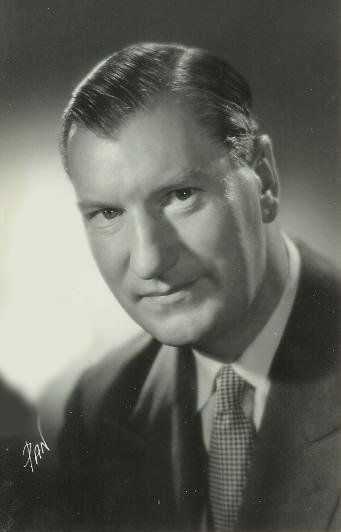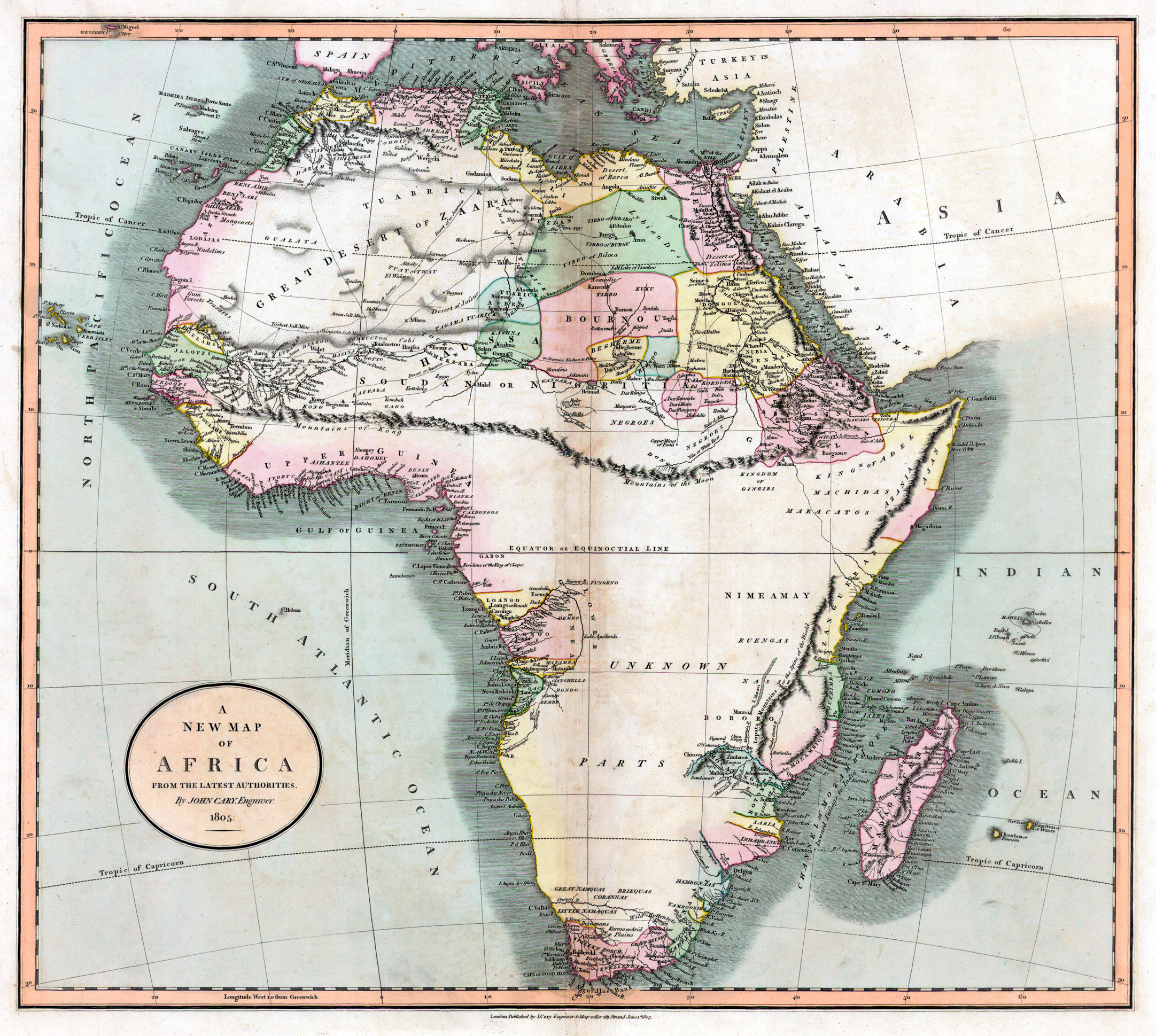Post by phantomparticle on Jul 17, 2025 1:19:06 GMT

Directed by Richard Thorpe, and John Farrow and James McCay (both uncredited)
Release Date: 11/6/1936
Running Time: 1:29, although other running times may indicate trims

William Henry, Benita Hume, Herbert Mundin, John Buckler and E.E. Clive discuss an expedition into the jungle to find Jane and take her back to England, including side issues such as the Elephant’s Graveyard and stories about a great white ape living at the top of an escarpment. Since this was the third movie in the series, everyone should already be familiar with Tarzan and Jane and know exactly where to locate them.

Burroughs heartily approved Weissmuller and O’Sullivan in the roles of his most famous characters. By the second book, the author had Tarzan babbling like a motivational speaker. Jane may not be conversant in fluent Ape, but after a couple years in the jungle, you would expect the monosyllabic Tarzan to have learned enough English syntax from her to manage a coherent sentence. O’Sullivan’s costume in Tarzan and His Mate had caused an uproar with the censors. Her modest attire in 1936 not only solved the issue but satisfied the Breen Office (1934-1954) that continued Will Hays lockout of “inappropriate” content.

Buckler signs on as tour guide into the wild. He doesn’t believe in an Elephant’s Graveyard, but the chance to catch Tarzan and exhibit him all over Europe can’t be ignored.
After appearing on Broadway in a series of successful plays, including The Barretts of Wimpole Street, John Buckler made his first film in 1934, and the next year was acting with Lionel Barrymore in David Copperfield. Shortly after finishing work on Tarzan Escapes, the actor and his father were killed when their car skidded off the road in a rainstorm and overturned in Malibu Lake, with them trapped inside. They were not found until the next morning. A tragic end to a promising Hollywood career.

Benita Hume, fascinated by a baby lion. In a few moments, mama lioness will become fascinated with her.
Benita Hume was born in London in 1906. Originally intent on a career as a pianist, she gave up the profession for acting because she wanted “excitement”. She made two dozen films in England before moving to the U.S., appearing in her first American movie, Clear All Wires (1933). After marrying Ronald Colman in 1938, Hume left her career behind and acted exclusively with him, principally in the radio series “The Halls of Ivy” (1949-1951) and again as a tv sitcom (1954-1955). Colman died in 1958 and the next year she married George Sanders. They remained together until her death of bone cancer in 1967.

Herbert Mundin was born in St. Helens, now part of Merseyside, England in 1898, son of a nomadic Primitive Methodist home missionary. He began his acting career on the London stage in the 1920’s and traveled to America in 1923 for a series of engagements. Mundin’s big break, Charlot’s Revue, opened on Broadway in 1925, in which he appeared with Gertrude Lawrence and Beatrice Lilly. Within a few years, the actor had secured a contract with the Fox Film Corporation in Hollywood, appearing in 50 features in the short span of 10 years, until his untimely death in a car crash in Van Nuys, CA, in 1939. He was 40 years old.

Cheetah, second only to King Kong as the movies most famous simian.
The chimp, whose actual name was Jiggs, was born in 1932 in Liberia. His first screen appearance was in Tarzan the Ape Man, and he became a fixture in all the Weissmuller episodes.
When Weissmuller was introduced to the first Cheetah in his Tarzan films in 1931 (he worked with 8 chimpanzees altogether), the chimp's trainer told him to show no fear, or the animal would attack him. As Weissmuller, dressed in his Tarzan loincloth and hunting knife, walked up to the animal, it bared its teeth, growled at him and lunged as if to attack him. Weissmuller took the knife out of the sheath and held it in front of the chimp's nose, to make sure he saw and smelled it. He then slammed the animal on the side of the head with the knife handle. He put the knife back in its sheath and held out his hand to the chimp. It glared at him, bared his teeth again, then changed its mind, grinned at Weissmuller and jumped up and hugged him. Weissmuller never had any further problems with the chimp--although other cast and crew members did--and it followed him around like a puppy dog during all the pictures they worked together. (IMDB trivia)
O’Sullivan had another opinion, according to her daughter, Mia Farrow, and referred to the primate as “that ape son of a bitch”.
Cheetah lived on Weissmuller’s estate until about 1960, then retired to Suncoast Primate Sanctuary in Palm Harbor, FL, where he died of kidney failure at the age of 80 in 2011.

Tarzan sleeps with the apes no more. Tree top haven designed by Jane and built by Tarzan, who may have been inarticulate but knew his carpentry.

Promoters missed a golden opportunity to license Tarzan’s comfy digs from MGM and market the design as a children’s back yard playhouse. Pricey, yes, including the cost of the elephant, but what parent could stand against any kid who saw this movie and an advertisement in the Sunday newspapers?

“Swim,” demands Tarzan, waking Jane from a comfortable sleep. No Tarzan film would be complete without a dunk in the lake and an underwater ballet.

A great number of scenes were lifted from the two previous Tarzan films. A few examples include the scene with the acacias on the plane with the mountains in the distance, the escarpment, the wildebeest scene, shooting the lion, distance shots of men falling, Cheetah fleeing from the lion, and the crocodile fight from Tarzan and His Mate. (IMDB trivia)

The weirdest scene in the movie. Mundin spies a bird-like creature waddling toward them, croaking like a strangled duck. Its inclusion in the film is as mysterious as determining just what the heck it is. The whatsis is played by Johnny Eck, born John Eckhart, Jr., an American freak show entertainer and actor, who is best known as the half-man in Freaks. With his handsome features, Eck may very well have found a niche in Hollywood, had it not been for the circumstances of his birth.
The original director was James C. McKay, who filmed many gruesome scenes. In July 1936, he was replaced by John Farrow who practically re-shot the entire film. There were also cast and crew changes: Granville Bates was dropped from the cast, while Herbert Mundin was added, playing a new character. Darby Jones replaced Everett Brown as "Bomba"; Elmer Sheeley replaced Cedric Gibbons as art director; A. Arnold Gillespie replaced James Basevi for special effects; Tom Tutwiler replaced 'Max Fabian' for photographic effects; and Charles Salerno Jr. replaced cameramen Virgil W. Vogel and Walter Strenge. (IMDB trivia)

The original version, titled The Capture of Tarzan, was shown to preview audiences in 1935. The film was heavily criticized for scenes of gruesome violence. So strong was the negative reaction that the studio ordered much of the film re-shot. Original director Jim McKay was fired when he refused to do this. The re-edited version was retitled Tarzan Escapes.

Tarzan escapes more than once in the movie, first from the cage taking him to England and again from the native village after rescuing Jane from a gruesome death. The sequence is reminiscent of an earlier flight to freedom, Sparrows (1926), in which Mary Pickford and children are held as slaves on a “baby farm” and endure a swamp full of alligators and other nasty creatures.

There has always been controversy over the Tarzan Yell. Sound recordist Douglas Shearer is often credited with combining various animal cries while Maureen O’Sullivan insists it was Weissmuller without technical assistance. The actor was able to effectively replicate the yell in his later years, which lends credence to O’Sullivan. A few years ago, discussing the issue with friends, opinions on the various Yells voiced between 1929 and 1949 ranged from Weissmuller’s famous yodel to the sound of someone being castrated.
Burrough’s intelligent, articulate Tarzan finally emerged in the 1950’s and 1960’s, portrayed by Jock Mahoney and Gordon Scott, among others. Despite their modern interpretations, however, any mention of the character immediately calls up the images of Weissmuller, O’Sullivan and that “ape son of a bitch.”
No one was ever going to give Weissmuller an Academy Award for his acting, who is quoted as wryly remarking, “Me sit in tree seventeen years, me watch ‘em come and go.”
Maybe the legacy is worth more than a golden statue on the mantle.







